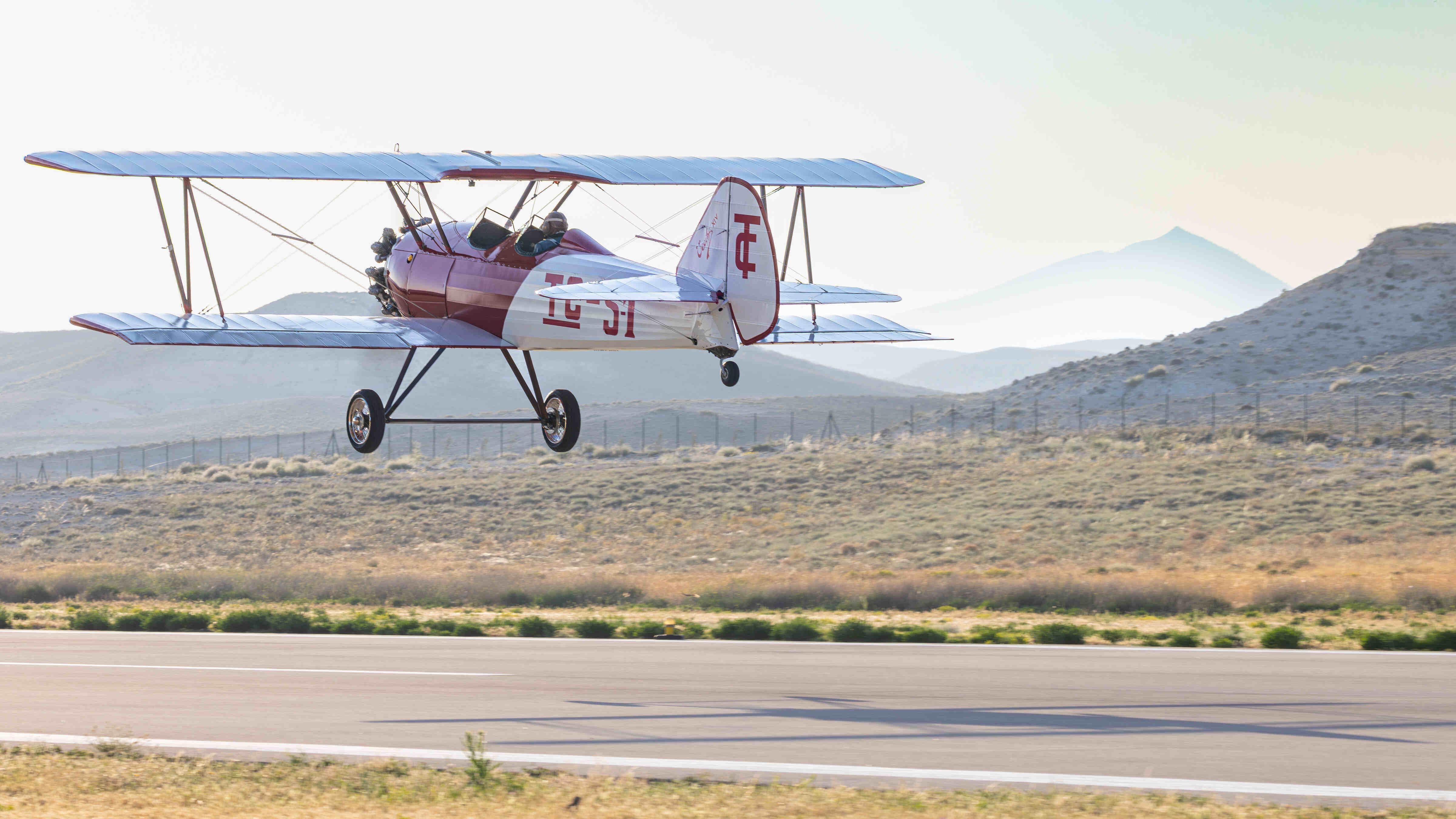
The replica of Türkiye’s first certified aircraft, the Vecihi XIV — originally designed and manufactured in 1930 by legendary aviator Vehici Hürkuş — has successfully completed its test flights.
The aircraft was reconstructed as a result of a nearly five-year effort, delayed intermittently due to various challenges. Under the leadership of renowned aerobatic pilot Ali İsmet Öztürk, the aircraft was rebuilt with close adherence to the original design, despite the absence of detailed technical documentation.
“We knew there was no existing replica of Türkiye’s first certified aircraft,” Öztürk said. “We wanted one that could actually fly, and now was the right time to do it.”
The team initiated the reconstruction last year, with intensive work during the final six months resulting in a replica that bears approximately 75 percent similarity to the original Vecihi XIV.
Due to the lack of original blueprints, the team relied on archival photographs and chose to base the design on the E-75 fuselage, modifying it to resemble the historical aircraft as closely as possible. For safety and reliability, they installed a 1940s-era Continental R670 engine, widely used during its time and known for dependable performance.
“The biggest challenge was the lack of technical drawings,” Öztürk explained. “We had to make decisions grounded in today’s aviation standards while perserving the spirit of Hürkuş’s design. Safety was paramount. We aimed to build something that could take off and land safely, and that’s what we’ve achieved.”
Equipped with simple instrumentation reminiscent of its 1930s counterpart, the aircraft has completed 10 successful sorties without any issues and is now ready to join the M.S.Ö Air and Space Museum’s inventory.
Following its official unveiling, the aircraft is scheduled to make its public debut in September at the Sivrihisar Air Show in the Central Anatolian city of Eskişehir.
The replica is expected to take flight on special occasions, continuing to inspire with each appearance — just as Hürkuş himself did nearly a century ago.